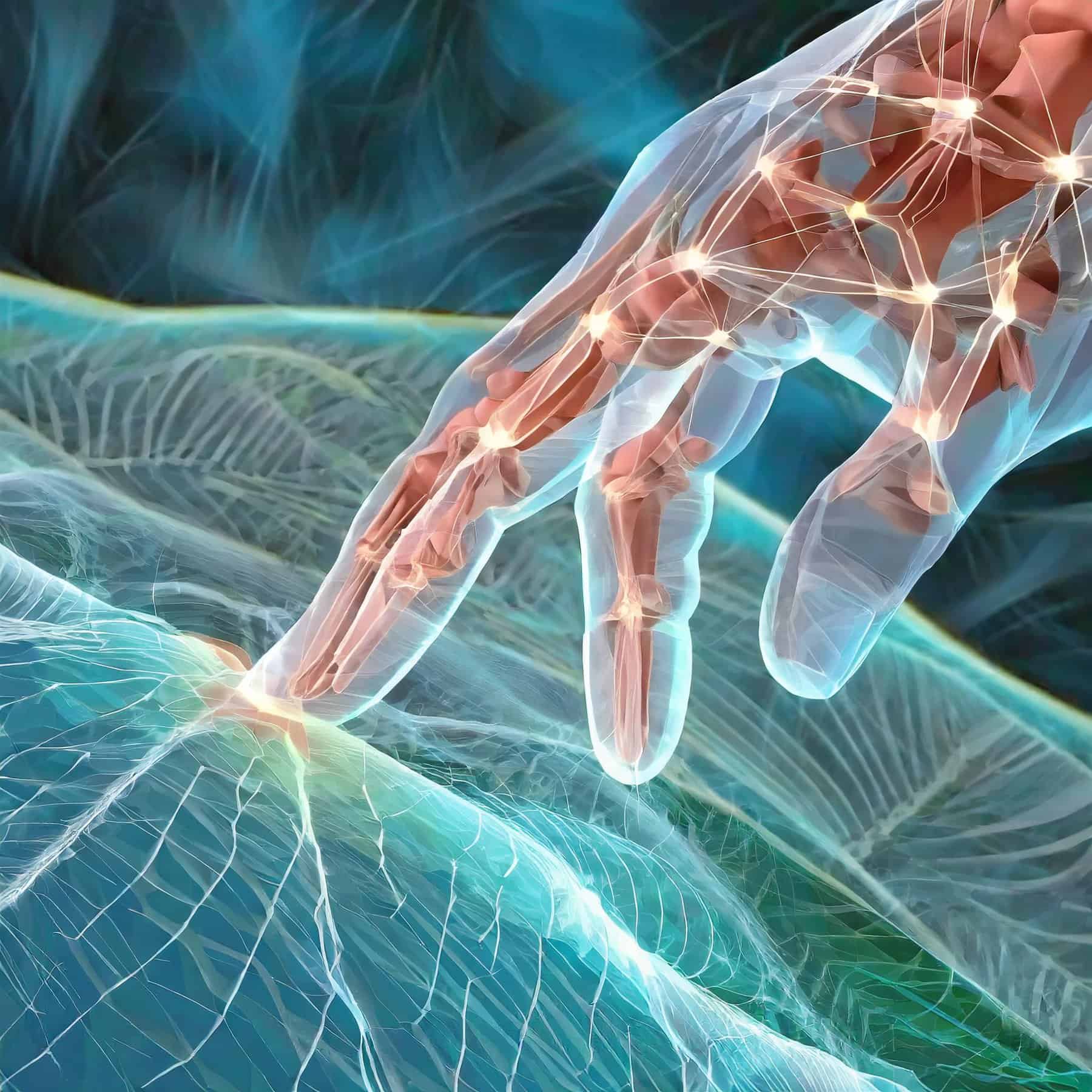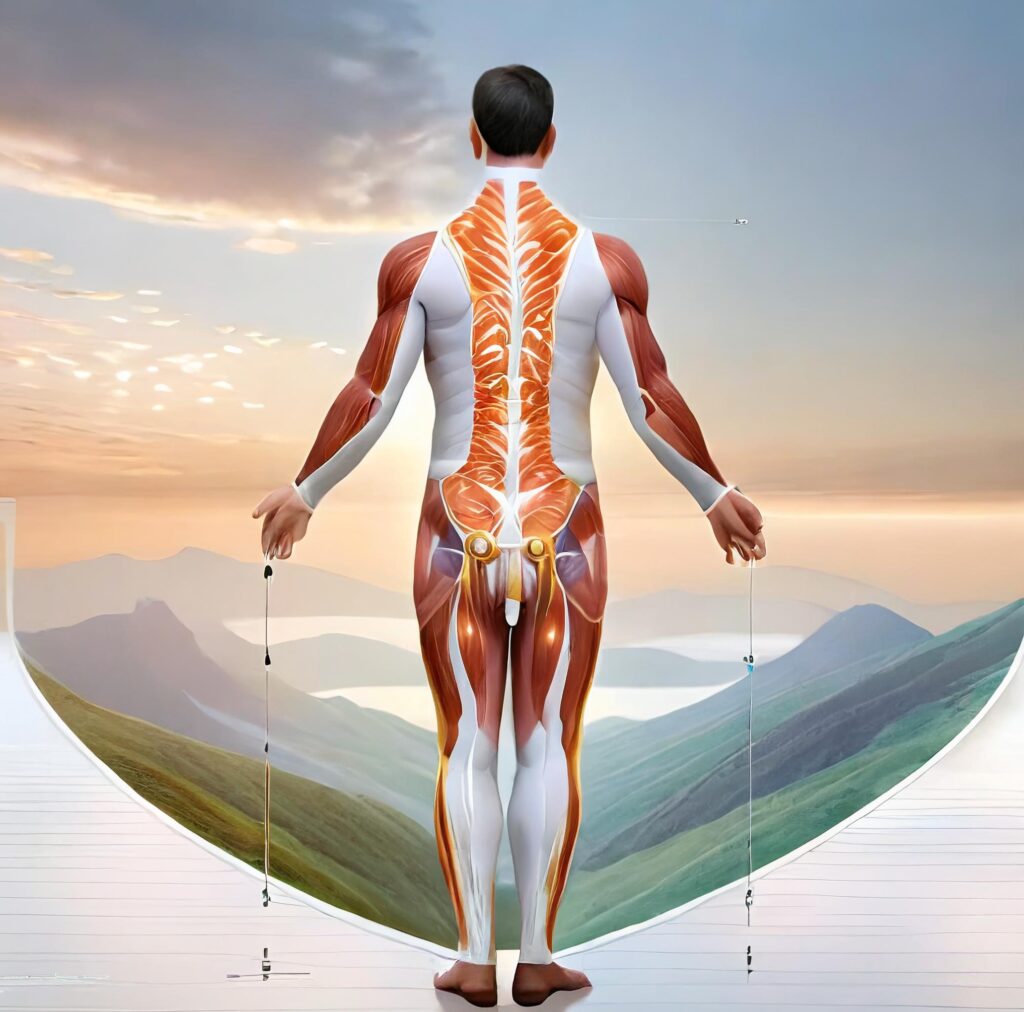The Neural Fascia

What is the Fascial System?
The fascial system is a complex, multi-faceted network in the body. In broader terms, it refers to the system that provides functional structure to the body by surrounding organs, muscles, bones and nerve fibres, enabling all the systems of the body to operate in smooth integration with one another.
(You can refer to our previous blog, ‘Fascia 101: What is Fascia?’ for a more detailed understanding on the system: https://moushuspilates.com/what-is-fascia-anatomy-introduction/)
The Tissues of the Body:
The human body is composed of 4 main types of tissue, each varying in function: Epithelial Tissue which plays a secretory role (eg: skin), Muscular Tissue which is contractile in function (eg: biceps), Nervous Tissue which is conductive (eg: nerves) and Connective Tissue which functions to support, heal, transport or transmit.
Often, the term ‘Fascial Tissue’ is used synonymously with Connective Tissue, although this is a misnomer. The fascia merely represents a part of the Connective Tissue’s subdivision known as the Connective Tissue Proper.
While discussing the concept of Motor Learning in the previous blog, we addressed its crucial role in teaching us not only to move, but to move well by empowering the connections from the sensory system to the motor system, all of which is integral to the Nervous System. Fascial Tissue too has a key part to play in this system. Many of these sensory receptors lie within the fascial tissue, resulting in it being one of the main providers of input for the body to react.

How does the Sensory Fascia work?
A receptor is a cell or chemical group, found either on the surface of a cell or within the cell itself, that functions to receive stimuli. These sensory receptors in our body first receive inputs or stimuli from our environment; the inputs could range from touch, heat, pressure, vibration etc. After the input has been received, the receptors send messages or signals to the brain for them to be processed.
The reception of the stimulus causes a series of chemical reactions to take place. Electrical impulses are formed as a result of these reactions that travel along the sensory nerves to various parts of the brain. A similar series of events take place within the brain which send an impulse to the motor nerves, resulting in a reaction.
In the technical sense this may seem like a long, arduous process but in reality, it takes less than a fraction of a nanosecond!
Receptors in the Fascia:
How we process these sensory inputs determine how we move, the way we move and the movement itself.
The fascia or myofascia constitutes the covering of the muscles, the layers that interpenetrate between muscles as well as the connections from muscle to bone. The receptors in these fascial tissues that play such a key role to our muscles are what govern our movement. The connectivity of its highly sensory receptor-base to the muscles makes our fascia a neural hub. The intricate system of receptors that receive stimuli from the environment, relay the impulses to the motor nerves in our muscles that in turn, produce movement.
Different types of signals are received and interpreted at the fascial level such as:
- Mechanoreceptors to sense pressure (These receptors also vary in receiving stimuli to distinguish between gentle and firm pressure, rapid or slow pressure and vibrations)
- Proprioceptors to indicate body position and movement
- Tactile receptors to sense touch
- Nociceptors to sense pain
All these stimuli can be utilised to produce movement, change movement or movement patterns.
Sensory Exercises you can try at home:
Now that the importance of the fascia and its sensory receptors has been made clear, movement training would be incomplete without adding this element.
Try these at home to enhance your experience:
- Vibrations: Use of oscillatory movements, quick movements/faster reps/pulses
- Proprioceptive movements: Heavy pressure, like pushing and pulling or balance training on wobble boards
- Elastic recoil: Jumping/Running/Bouncing
- Stretching: Slow holds into a stretch, dynamic stretching, going in and out of the entire range of motion
The well-rounded nature of Pilates as a form of exercise means that everything this blog covers, is covered by your workout too!
Visit our YouTube channel and watch our video on Neural Fascia to try out a few more exercises:
